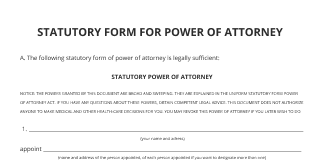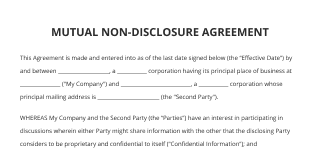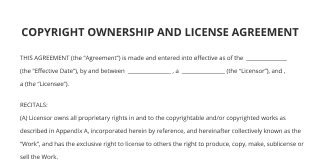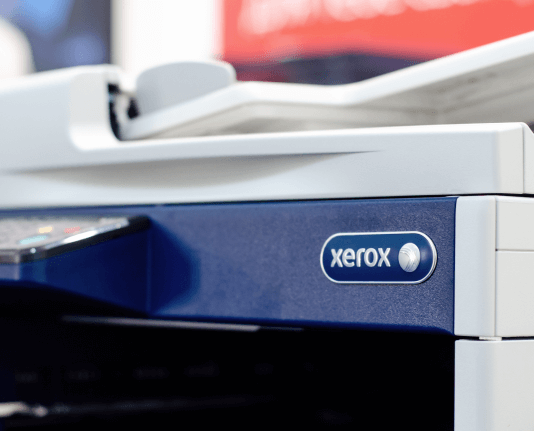Understanding Statement of Account Vs Invoice for Your Business Needs
Move your business forward with the airSlate SignNow eSignature solution
Add your legally binding signature
Integrate via API
Send conditional documents
Share documents via an invite link
Save time with reusable templates
Improve team collaboration
See airSlate SignNow eSignatures in action
Understanding the Statement of Account
A statement of account is a detailed report that summarizes all transactions between a business and its customer over a specific period. This document typically includes information such as invoices issued, payments received, and any outstanding balances. It serves as a comprehensive overview of the customer's account status, allowing both parties to track financial interactions effectively.
Businesses often use statements of account to ensure transparency and maintain good relationships with clients. By providing a clear picture of what is owed or what has been paid, it helps prevent misunderstandings and disputes regarding payments.
Defining an Invoice
An invoice is a formal request for payment issued by a seller to a buyer. It outlines the goods or services provided, their quantities, prices, and the total amount due. Invoices typically include payment terms, such as the due date and accepted payment methods, ensuring that both parties understand the expectations surrounding the transaction.
Invoices are crucial for businesses as they serve as legal documents that can be used for accounting and tax purposes. They also help businesses manage cash flow by clearly stating when payments are expected.
Key Differences Between a Statement of Account and an Invoice
While both documents are important in the financial management of a business, they serve different purposes:
- Purpose: A statement of account provides a summary of all transactions over a period, while an invoice is a specific request for payment for a particular transaction.
- Frequency: Statements of account are typically issued monthly or quarterly, whereas invoices are generated each time a sale occurs.
- Detail Level: A statement includes multiple transactions, while an invoice focuses on a single transaction.
When to Use Each Document
Understanding when to use a statement of account versus an invoice can enhance financial clarity:
- Use a statement of account when you want to provide clients with an overview of their account activity, including all outstanding balances and payment history.
- Use an invoice when you are requesting payment for specific goods or services rendered, ensuring that the client knows exactly what they are being charged for.
Best Practices for Managing Statements and Invoices
To effectively manage statements of account and invoices, consider the following best practices:
- Regular Updates: Ensure that statements are updated regularly to reflect the most current transactions and balances.
- Clear Communication: Clearly communicate payment terms and expectations on invoices to avoid confusion.
- Digital Solutions: Utilize digital document management tools to create, send, and track both statements and invoices efficiently.
How airSlate SignNow Can Help
Using airSlate SignNow, businesses can streamline the process of creating and sending both statements of account and invoices. By preparing and sending these documents digitally, companies can save time, reduce errors, and enhance the overall efficiency of their financial operations.
Features such as eSign Templates allow for quick customization of documents, while secure sharing options ensure that sensitive financial information is protected. This digital approach not only simplifies the workflow but also supports better record-keeping and compliance with financial regulations.
airSlate SignNow solutions for better efficiency
Our user reviews speak for themselves






Why choose airSlate SignNow
-
Free 7-day trial. Choose the plan you need and try it risk-free.
-
Honest pricing for full-featured plans. airSlate SignNow offers subscription plans with no overages or hidden fees at renewal.
-
Enterprise-grade security. airSlate SignNow helps you comply with global security standards.

Grasping statement of account versus invoice
When overseeing finances, it is vital to distinguish between a statement of account and an invoice. Although both documents play signNow roles in monitoring transactions, they serve different functions. A statement of account offers a recap of all transactions over a designated timeframe, while an invoice acts as a request for payment for particular goods or services provided. In this guide, we will examine how to utilize airSlate SignNow for effective document management.
Steps to employ airSlate SignNow for statement of account versus invoice
- Launch your web browser and go to the airSlate SignNow homepage.
- Establish a free trial account or sign into your existing account.
- Choose the document you intend to sign or send for signatures and upload it.
- If you plan to reuse this document later, transform it into a reusable template.
- Access your uploaded document and make required adjustments, like adding fillable fields.
- Sign the document and specify signature fields for your recipients.
- Click 'Continue' to set up and send your eSignature request.
By using airSlate SignNow, organizations can enhance their document signing workflows with a user-friendly and economical solution. The platform boasts a comprehensive feature set that guarantees a strong return on investment, making it perfect for small to medium-sized enterprises. With clear pricing and no hidden charges, users can benefit from excellent support available around the clock for all paid plans.
Begin optimizing your document management today with airSlate SignNow and feel the advantages firsthand!
How it works
airSlate SignNow features that users love
Get legally-binding signatures now!
FAQs
-
Are billing statement and invoice the same?
Itemized billing is a statement that lists every item a client is billed for, along with total costs. It can also be referred to as an itemized invoice. It's an outline you send to a client to explain every aspect of a job and the total amount it will cost them. -
Is a statement the same as an invoice?
Invoices and statements are different types of transaction records. An invoice generally covers a single transaction, while a statement summarizes multiple transactions and offers a broader view of the account's status. These documents serve different purposes and have different structures. -
What is the difference between a statement of work and an invoice?
For requesting payment for specific transactions, invoices should be used and statements should be used for summarizing multiple transactions. Statements are typically issued on a regular basis, such as monthly or quarterly, while invoices are usually issued after a sale. -
What is the difference between an invoice and a statement?
A statement is an official record of fees charged and payments made to your account. The statement shows you the total amount due at the statement end date and how to pay. A tax invoice is a 'bill' that needs to be paid, you can provide it to organisations or people who need it for tax purposes.
What active users are saying — statement of account vs invoice
Related searches to Understanding statement of account vs invoice for your business needs
Get more for statement of account vs invoice
- Mail for outstanding payment for non-profit organizations
- Mail Format for Sending Invoice to Client for Businesses
- Mail format for sending invoice to client for corporations
- Mail Format for Sending Invoice to Client for Enterprises
- Mail format for sending invoice to client for small businesses
- Mail Format for Sending Invoice to Client for Teams
- Mail format for sending invoice to client for organizations
- Mail Format for Sending Invoice to Client for NPOs
Find out other statement of account vs invoice
- Make the most out of our AI-driven tools to compare ...
- Make the most out of our AI-driven tools to copy ...
- Make the most out of our AI-driven tools to create ...
- Make the most out of our AI-driven tools to create ...
- Make the most out of our AI-driven tools to eSign ...
- Make the most out of our AI-driven tools to eSign Word ...
- Make the most out of our AI-driven tools to extract ...
- Make the most out of our AI-driven tools to fill and ...
- Make the most out of our AI-driven tools to get ...
- Make the most out of our AI-driven tools to insert ...
- Make the most out of our AI-driven tools to save ...
- Make the most out of our AI-driven tools to sign ...
- Make the most out of our AI-driven tools to sign basic ...
- Make the most out of our AI-driven tools to sign ...
- Make the most out of our AI-driven tools to sign it ...
- Make the most out of our AI-driven tools to sign lease ...
- Make the most out of our AI-driven tools to sign online ...
- Make the most out of our AI-driven tools to sign PDF ...
- Make the most out of our AI-driven tools to sign real ...
- Make the most out of our AI-driven tools to sign ...






























